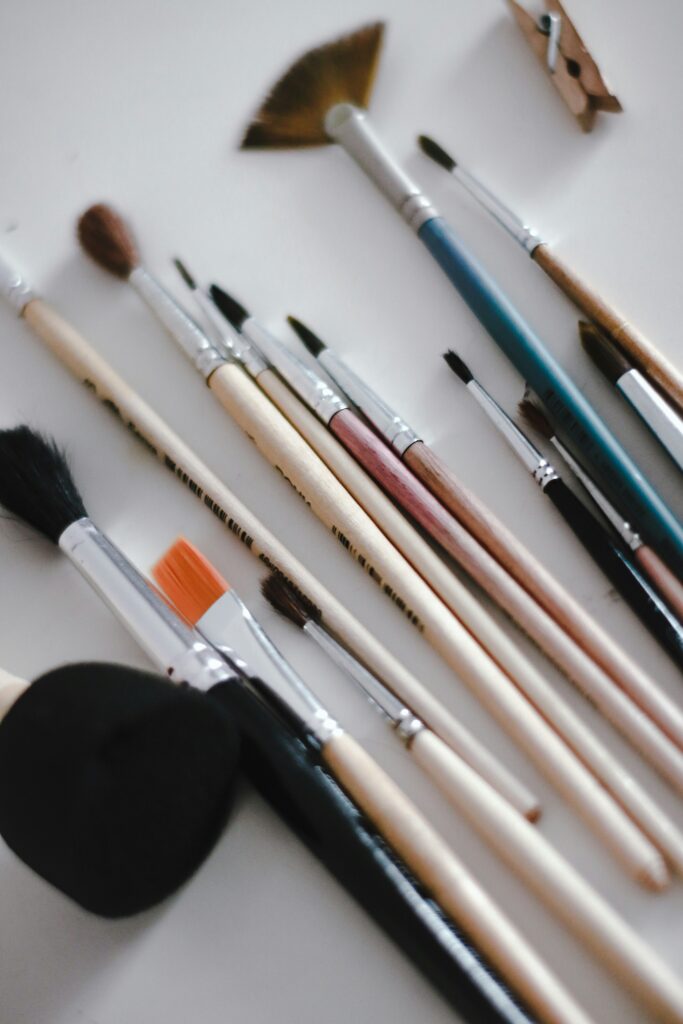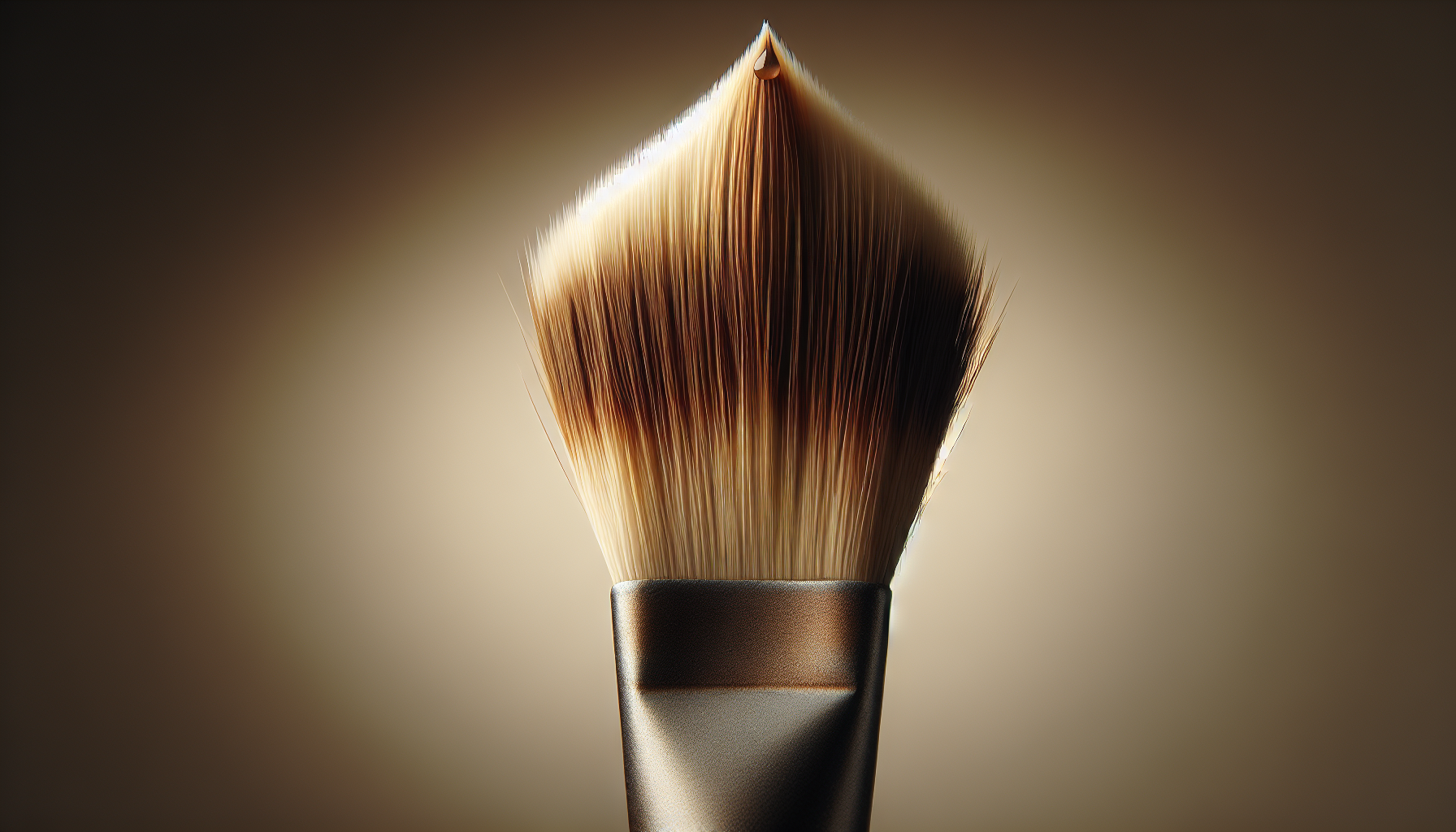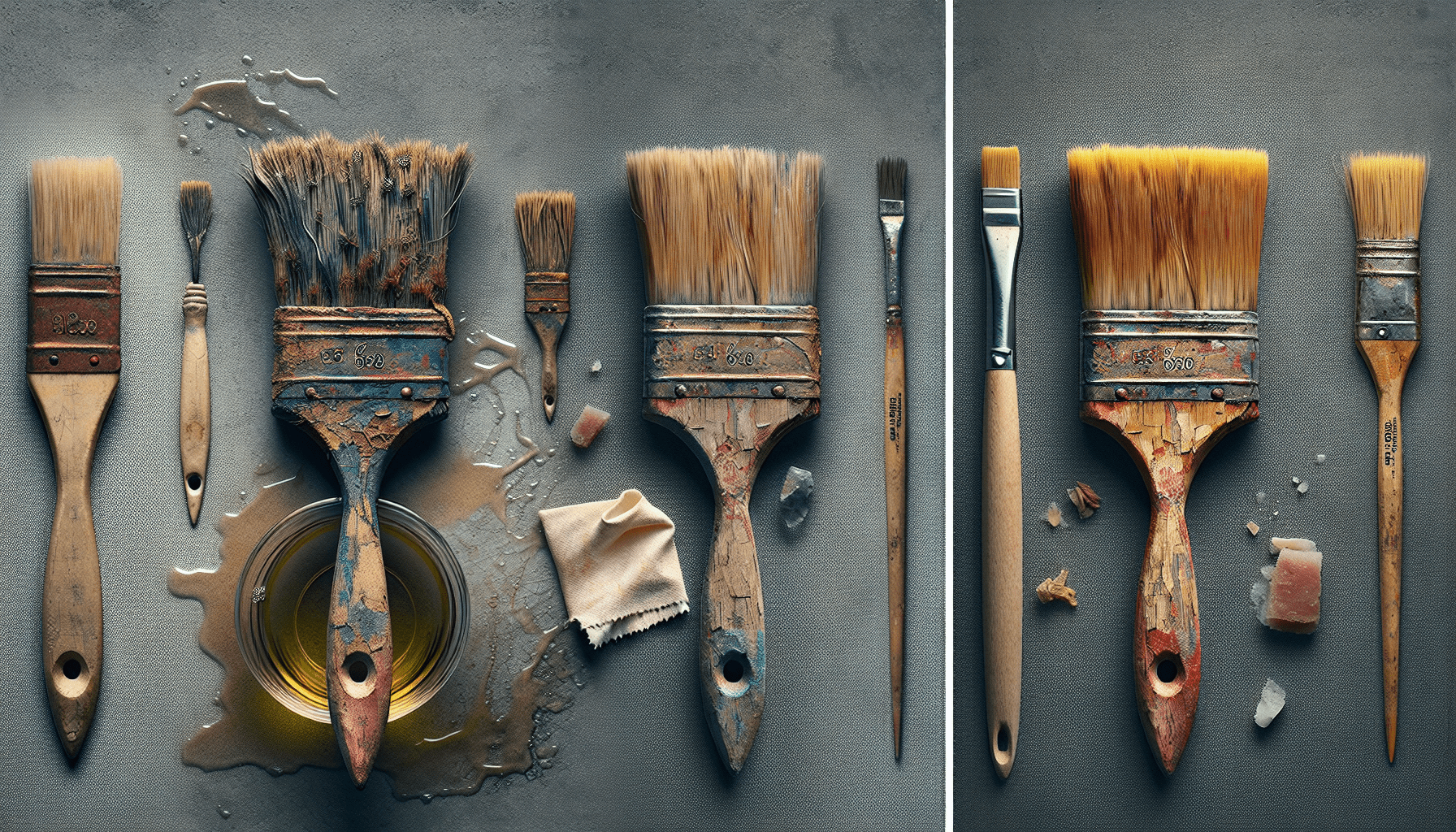In the bustling world of creative arts and crafts or professional painting jobs, you may often find yourself wondering how to extend the life of your paintbrushes overnight. “How to Store Paint Brushes Overnight” is a crucial guide that offers expert advice on preserving the quality of your essential tools. This article takes a deep yet understandable look into easy and effective methods of storing your paint brushes to prevent damage, save time, and enhance your painting activity. So whether you are an occasional hobbyist or a full-time professional, this guide is designed to cater to your needs and conserve your resources effectively.

Cleaning the Brushes
Proper brush maintenance begins with cleaning. This almost immediately follows every painting session. Unclean brushes can ruin your artistry as dried paint residues can mix with fresh paint, causing an undesired finish.
Remove any excess paint
Begin the cleaning process by removing any excess paint from the brush. Do this by wiping it against the edge of the paint can or using a clean piece of cloth or newspaper. Try to squeeze or scrap out as much paint from the brush as you can. This makes the washing phase easier and reduces the chance of your sink getting clogged.
Rinse the brushes with water
After removing excess paint, rinse your brushes in warm water. Hot water can damage the brush’s bristles’ shape, while cold water might not be as effective in washing away the paint. Make sure to move the brushes back and forth under the stream to ensure all the paint hidden between the bristles gets washed off.
Use soap or brush cleaner if necessary
For stubborn paint, you might need to use soap or a specialized brush cleaner. Apply the soap to the bristles and gently work it in with your fingers. Rinse and repeat the process until the water runs clear off the brush.
Gently squeeze out excess water
Once the brush is thoroughly cleaned, gently squeeze out any excess water from the bristles. Try not to pull or tug on the bristles as this can cause them to lose their shape or fall out.
Drying the Brushes
Properly drying your brushes ensures their longevity. Wet brushes can breed mold and mildew, which can ruin the bristles and the handle.
Gently reshape the bristles
Reshape the brush bristles gently with your fingers while the brush is still wet. This helps to maintain the original shape of the brush and prevent the bristles from fanning out.
Lay the brushes flat
Lay the brushes flat on a clean cloth or paper towel to dry. Avoid upright drying as water can seep into the ferrule (the metal part that holds the bristles together), which may lead to rusting and loosening.
Avoid drying near sources of heat
Keep your brushes away from direct sunlight or other heat sources while drying. High temperatures can warp the brush’s handle and can cause synthetic bristle brushes to lose their shape.
Allow the brushes to air dry
Allow the brushes to air dry completely before storing. Storing damp brushes can cause mildew and rot that will damage your brushes.
Wrap the Brushes
Alternatively, you may wrap your brushes for storage or transport.
Protect the brushes with a clean cloth or paper towel
A clean cloth or paper towel can serve as a protective cover for your brushes. It helps keep the bristles from collecting dust from the environment.
Wrap the cloth tightly around the bristles
Ensure that you wrap the cloth or paper towel tightly enough around the bristles to offer protection but not too tightened to alter the shape of the brush.
Secure the cloth with a rubber band or string
Use a rubber band or a string to secure the cloth wrap. Make sure it is tight enough to hold the cloth in place.
Ensure the bristles are covered and protected
The cloth or paper towel wrap should cover the entire length of the bristles to ensure full protection.
Use Brush Guards
Brush guards offer another layer of protection, especially for brushes with extra-long or delicate bristles.
Purchase brush guards or tip protectors
Brush guards or tip protectors come in different sizes to accommodate different brush types. They can be purchased in art supply stores.
Slide the brush guards over the bristles
Brush guards are designed to slide easily over the bristles. Make sure to choose a size that fits snugly over your brushes.
Ensure the guards fit snugly
A properly fitted brush guard helps to maintain the shape of your brushes during storage. It also protects the bristles from damage.
Store the brushes upright or in a brush holder
With the brush guard on, brushes are best stored upright in a brush holder. This allows the bristles to maintain their shape and reduces the chances of bristle damage.

Avoid Standing Water
Standing water can wreak havoc on your paintbrushes. Avoid it at all costs to maintain the integrity of your brushes.
Do not store brushes in a container with water
Storing your brushes submerged in water for a long time can lead to permanent damage. It can cause the brush bristles to bend or fray.
Standing water can damage the bristles
The longer your brushes stay in water, the more the water seeps up the bristles. This will eventually weaken the brushes and may cause them to fall out.
Water can loosen the ferrule
Water can also find its way up to the ferrule section of your brushes. The moisture causes weakening over time, and your brushes may start shedding.
Always dry brushes thoroughly before storage
Ensure that your brushes are thoroughly dry before storage. Any trace of moisture will open doors for mold and mildew.
Choose a Suitable Storage Container
Proper storage is crucial in maintaining the integrity of your brushes. A suitable container will protect your brushes from dirt and physical damage.
Select a container with enough space for the brushes
The container should have sufficient space for all your brushes. An overcrowded box may squish your brushes, leading to bent or damaged bristles.
Avoid overcrowding the brushes
Ensure each brush has enough space to avoid friction with others. This will also prevent cross-contamination of colors when you pick your brushes.
Prevent bristles from bending or getting squashed
Bending or squashing the bristles might alter their shape and affect the brush strokes.
Consider using a brush roll or case for protection
A brush roll or case can offer extra protection for your brushes. They have individual slots for each brush and can be rolled up for easy storage and transportation.

Protect the Handles
Proper care and attention should also be given to the brush handles. They are usually made of wood, which may damage if not well-maintained.
Avoid storing brushes with wet handles
Keep the handles dry as moisture can weaken the wood over time. Brushes with crackling or splitting handles can be uncomfortable to grip while painting.
Moisture can weaken the wood or cause damage
Avoid immersing the handles in water for too long as the handles can absorb water and crack once they dry.
Wipe down the handles if they become dirty
Keep your handles clean by regularly wiping them with a damp cloth. This will not only preserve the wood but also give you a firmer grip during your painting sessions.
Keep brushes in a clean and dry environment
Store your brushes in a location with low humidity to keep both the bristles and handles in good condition.
Prevent Cross-Contamination
Cross-contamination can cause unwanted color mixes and ruin your artwork.
Separate brushes based on paint type
Having separate brushes for different types of paint can help prevent cross-contamination.
Avoid storing oil and water-based brushes together
Oil-based paints can be challenging to clean thoroughly from the brushes. Storing them away from the water-based brushes will help prevent potential contamination.
Label brushes to prevent mix-ups
Having labels on your brushes can further prevent mix-ups. This will make it easier for you to pick the right brushes even when in a hurry.
Maintain a dedicated storage area for each type
This goes hand in hand with the labeling. By having dedicated storage areas, you protect your brushes from cross-contamination.

Regular Brush Maintenance
Frequent brush maintenance will prolong the lifespan of your brushes.
Clean brushes thoroughly after each use
Cleaning your brushes immediately after painting will help prevent paint residues from drying on the bristles.
Remove any dried paint or residue
Using a brush comb or the edge of a plastic tool, you can gently scrape off any dried paint from the bristles.
Store brushes properly to maintain their shape
Proper storage after every use will help retain your brush’s original shape.
Replace brushes when they become worn out
Regardless of how much you maintain them, brushes suffer wear and tear over time. Once they start shedding excessively or become too bent, it would help if you replaced them.
Reviving Dried Brushes
Do not throw away your brushes just because they have dried paint or have hardened.
Soak the bristles in warm soapy water
By soaking the brushes in warm soapy water, you can soften the dried paint, making it easier to remove.
Gently massage the bristles to loosen dried paint
Use your fingers to massage the soaked bristles gently. This will help loosen the dried paint.
Rinse the brushes with clean water
Rinse off the soap and particles of dried paint. This leaves your brushes clean, ready for the next painting session.
Allow the brushes to air dry before use
After rinsing, let the brushes air dry. Storing or using them while wet may ruin your brushes or dilute your paint.
Following these guidelines will ensure the longevity of your brushes and deliver excellent results in your painting endeavors.




